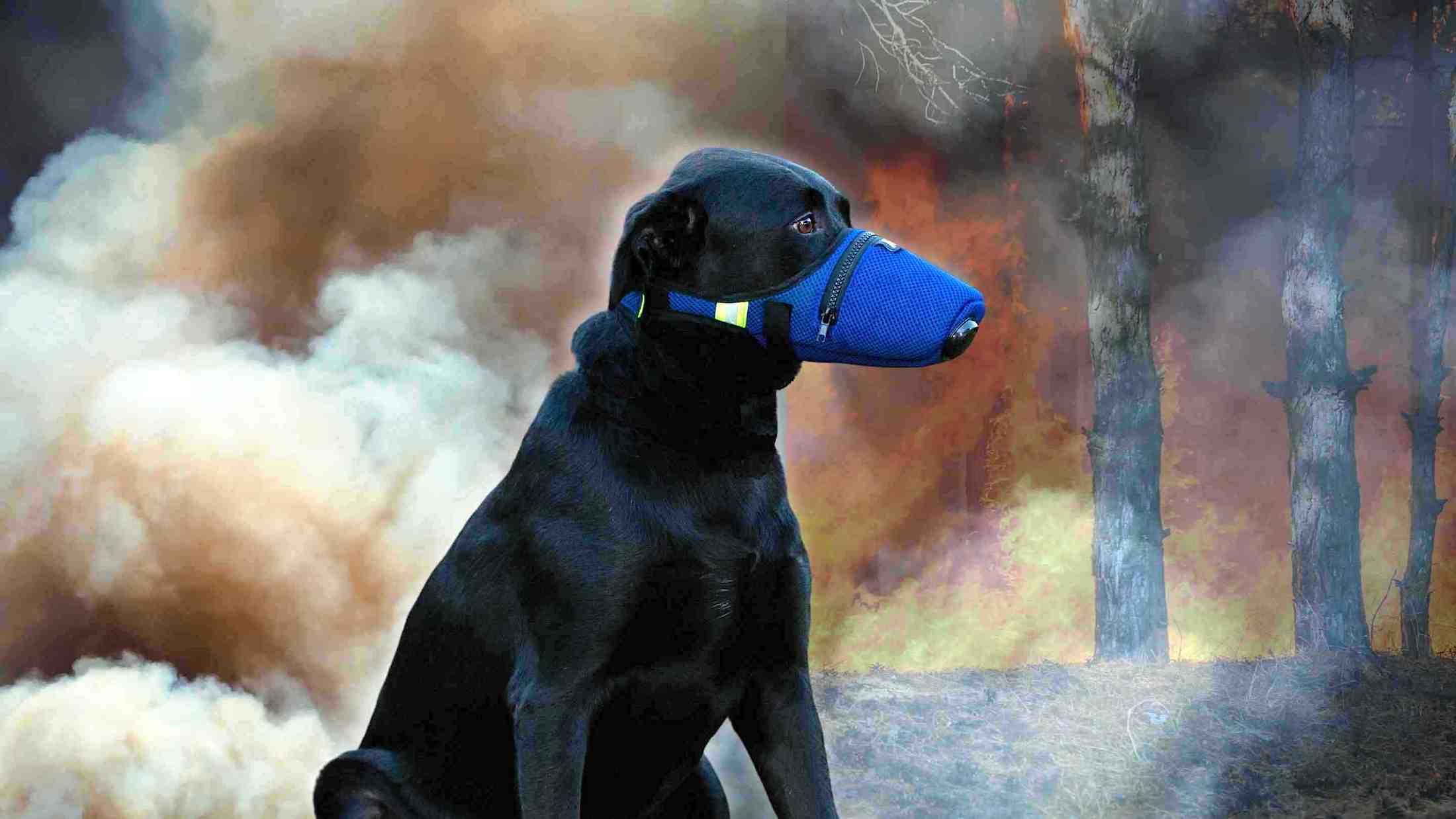A pet dog belonging to a woman with COVID-19 has contracted a "low-level infection" from its owner, according to news reports.
When a Pomeranian in Hong Kong tested positive for SARS-CoV-2 last week, pets quickly became part of the coronavirus conversation. The case raised the alarming possibility that pets could become part of the transmission chain for the severe acute respiratory syndrome coronavirus 2, which could potentially harm both them and us. But many questions remain about this possibility and how best to respond.

Photo by Alex Nirta from Burst
Dogs and cats also contracted low-level infections of severe acute respiratory syndrome (SARS) during the 2003 outbreak, animal health expert Vanessa Barrs from City University told the South China Morning Post.
As Hong Kong’s Agriculture, Fisheries and Conservation Department (AFCD) explained in a fact sheet last week, the Pomeranian tested “weakly positive” for the virus in sensitive tests that detected viral RNA in nose and mouth samples. “The dog has a low-level of infection and it is likely to be a case of human-to-animal transmission,” AFCD wrote. “We strongly advise that mammalian pet animals including dogs and cats from households with … infected persons should be put under quarantine … to safeguard public and animal health.”
Shelley Rankin, a microbiologist at the University of Pennsylvania School of Veterinary Medicine, Philadelphia, was recently interviewed about the risks of COVID-19 infection in pets. Her lab is part of the U.S. Food and Drug Administration’s Veterinary Laboratory Investigation and Response Network, a collective of veterinary diagnostic labs that could help determine the impact of the pandemic on pets and other animals.

Q: Can we pass the new coronavirus to our pets?
A: The SARS-CoV-2 virus spreads from humans to humans. There is no research to support human to animal spread at this time. Samples from the Hong Kong dog had a small number of virus particles present. In an animal with no clinical signs of disease, it’s hard to say what this means. It was a single case, and we learned that we need to do a lot more research into the potential of the human SARS-CoV-19 virus to infect animals.
That said, cats and dogs are mammals too. They have many of the same types of receptors on their cells that we do. So the virus could theoretically attach to these receptors. But will it enter their cells and replicate? Probably not.
Still, people infected with SARS-CoV-19 should limit contact with their pets. Wash your hands, and don’t let them lick you on the face. If the virus is in your secretions, and there’s any potential of transmission, these are ways it could be transmitted.
Q: Should we be testing the pets of people with confirmed cases of COVID-19?
A: That’s [not] everybody’s top priority right now. It should be discussed, however, if we start seeing more cases like the Hong Kong Pomeranian.
Q: Can pets serve as a reservoir of the virus and pass it back to us?
A: If pets can become infected—and we don’t know if they can—then yes, they could serve as a reservoir. And in that case, we’d need to deal with them the same way we’re dealing with human cases. We’d need to figure how to treat them. Like human hospitals, vet hospitals would have to be prepared for a surge in the number of cases.
Q: Would we quarantine our pets too?
A: Yes, just like humans, some might be quarantined at a hospital. Or a shelter. Or even a doggy day care. If they had the virus but weren’t sick, you could quarantine them at home. You’d want to limit your contact with them. Perhaps keep them in a bedroom away from other people and animals. You’d want to wash your hands frequently, and perhaps wear a mask when you entered the room.
Q: If you have people in the same house—some quarantined, some not—can the pet visit both?
A: No. Out of an abundance of caution, the answer should be no.














